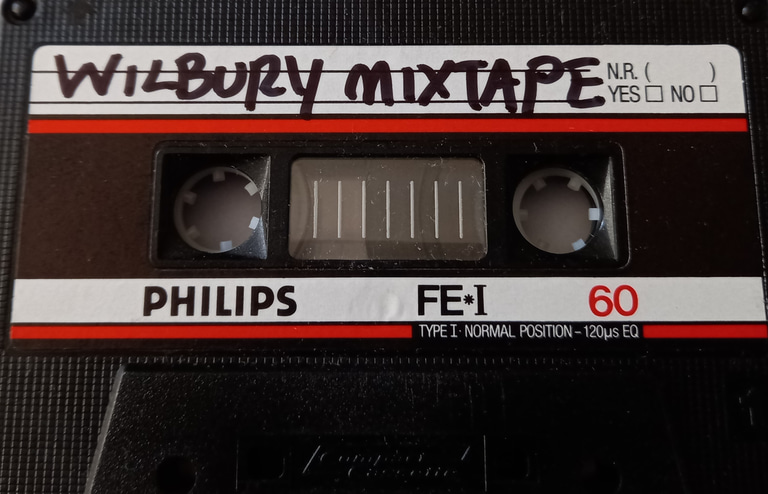Review
Giuliano Sorgini, Elettronica Spaziale
6/14/20242 min read


Recorded in the late 70s but finally released earlier this year on the Four Flies label, Elettronica Spaziale is a remarkable collection of sci-fi library sounds. Sorgini is best known for his propulsive theme to Jorge Grau’s seminal 1974 zombie film, No profanar el sueño de los muertos (aka Let Sleeping Corpses Lie [US], and the inaccurate Living Dead at The Manchester Morgue [UK]). The rest of the soundtrack for that film is taken up by more experimental pieces structured around the sounds of the human voice and breathing, a compendium of living death rattles described on the Quartet reissue as comprising “screams, howls, laughs, cries and whispers.”
As a composer Sorgini, in common with many of his Italian contemporaries, operated at the intersection of film soundtracks, library music, and avant-garde composition.* Elettronica Spaziale is a collection of 17 tracks with titles like “Space Voyage,” Magnetic Storm,” “Spaceship Engine Room,” and so on. These were composed on modular synths and heavily processed in a studio. The results are layered and textured, as well extremely addictive. Deep rumbling base layers joust with bundles of static, indeterminate higher pitches, and whooshes of noise.
Space is not a complete vacuum. It is full of dust, planetary and stellar bodies, clouds of gas, and other sundry debris and detritus all of which are potential media for transmitting sound vibrations which this album brilliantly imagines. “Galactic Wind” imposes itself as a title on strata of flowing noise. Elsewhere, grinding plates of metal conjure images of rocketship interiors. What may seem a random assortment of static pieces reveals more complex patterns with prolonged listening. Clusters of dissonance and unearthly choirs emerge which sound like the Radiophonic Workshop playing Ligeti or Penderecki. That these sounds were never used and only belatedly released is a shame, but instead they now soundtrack the unmade films of our collective imagination. As well as calling up the vastness of space, Elettronica Spaziale could just as easily be a sound design for an earthbound post-apocalyptic downer animated cartoon based on Max Ernst’s Surrealist quasi-abstract painting Europe After the Rain II; a perfect score for a chimerical, blasted landscape.
The album is just over an hour long and the tracks are all short. It’s best listened to in one sitting to get the full effects of the sound-images summoned (medicinal psychedelics optional).
* The best known example being the prolific Ennio Morricone, particularly with his involvement with the Gruppo Improvvisazione Nuova Consonanza; a collective of musicians and composers who came together to record freely improvised music.


